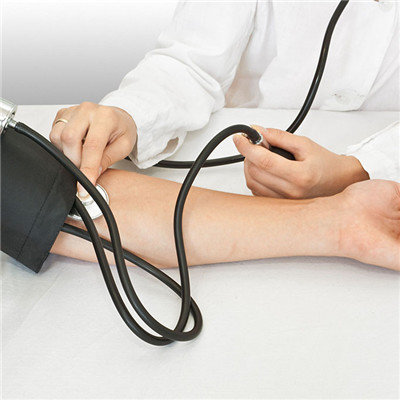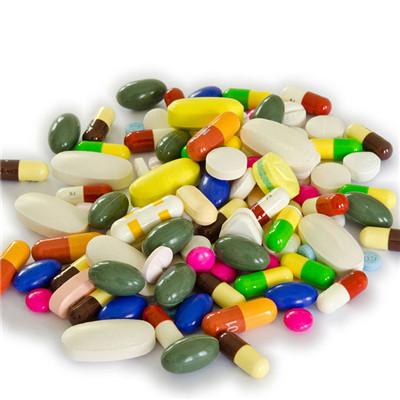How to recuperate meconium aspiration syndrome?
summary
Meconium aspiration syndrome (MAS) is also known as meconium aspiration pneumonia (meconium aspiration pneumonia). The main reason is that the fetus inhales amniotic fluid contaminated with meconium in utero or during the birth process, resulting in airway obstruction, pulmonary inflammation and a series of systemic symptoms. In severe cases, it develops into respiratory failure or death. It is more common in term infants and overdue infants. History of fetal distress, prolonged labor, placental insufficiency, dystocia, etc. Let's share my experience with you.
How to recuperate meconium aspiration syndrome?
When the airway meconium is removed for delivery, the meconium in the mouth, nose and posterior pharyngeal wall is removed when the fetal chest has not been delivered. If there is a large amount of meconium in airway suction, repeated suction or continuous indwelling airway intubation should be given for repeated suction and mechanical ventilation. If the fetus is in a state of respiratory depression at the time of delivery, tracheal intubation should be considered immediately. The suction under airway intubation is usually washed and aspirated with normal saline. Repeated airway suction may reduce the severity of MAS, but it is still common for MAS to develop into ventilator-dependent treatment. Because meconium contaminated amniotic fluid can be swallowed, when the fetus becomes stable after birth, it can be drawn through the gastric tube to prevent reflux of gastric contents and then inhaled into the lung.
Oxygen therapy for patients with dyspnea can inhale oxygen, and can be given continuous positive airway pressure (CPAP), 3-7 cmH2O, in order to maintain the expansion of small and medium airway, improve ventilation and perfusion. If the arterial partial pressure of oxygen is still lower than 50 mmHg when 100% oxygen is inhaled, airway intubation and mechanical ventilation should be given.
Because meconium can inhibit the function of pulmonary surfactant, asphyxia and hypoxia also lead to the dysfunction of synthesis and secretion of pulmonary surfactant by alveolar type II epithelial cells. Therefore, exogenous surfactant therapy has become an alternative method.
matters needing attention
In daily life, eat more fruits and vegetables, keep optimistic mood, pay attention not to fatigue, pay attention to the recovery of the body, in addition, if there are any symptoms should go to the hospital for examination, and corresponding treatment, these are to actively do.














